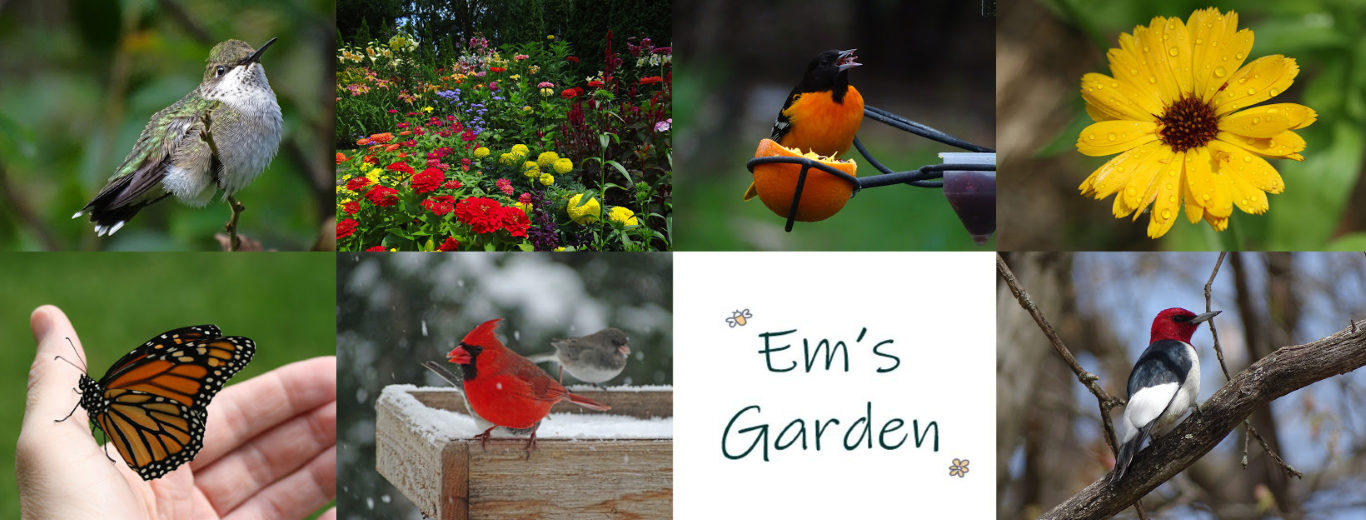I didn’t know Great Blue Herons perched in trees until last spring when one landed in an oak tree above my head on a hiking trail. I’m used to seeing herons fishing in ponds, marshes and lakes.
I’ve since learned that while some herons nest on the ground, many nest in trees as part of a large colony called a rookery.
I saw a rookery at Devil’s Lake State Park a few weeks ago. At the very top of 50-foot (and taller) pine trees were gigantic nests that had heron rumps sticking out of them. The birds build nests anywhere from 20 inches wide to 4 feet wide depending on if the nests are new or reused from a prior year. The males collect the nesting material and the females weave the nest. I assume the rumps my friend and I were seeing were those of the weaving female herons.
The birds nest in colonies for safety. Each female lays 3 to 5 eggs which take about a month to incubate. Once the babies are hatched there is a constant cacophony of squawking birds–even at night. It can be dangerous to get too close to a rookery. Great Blue Herons will vomit on predators, and if they really feel threatened they’ll attack with a sharp beak strike to the skull.
The birds we saw probably hadn’t even laid their eggs yet or were incubating freshly-laid eggs, so there wasn’t any noise or danger—just a dozen or more very large nests full of mothers swaying in the breeze.


